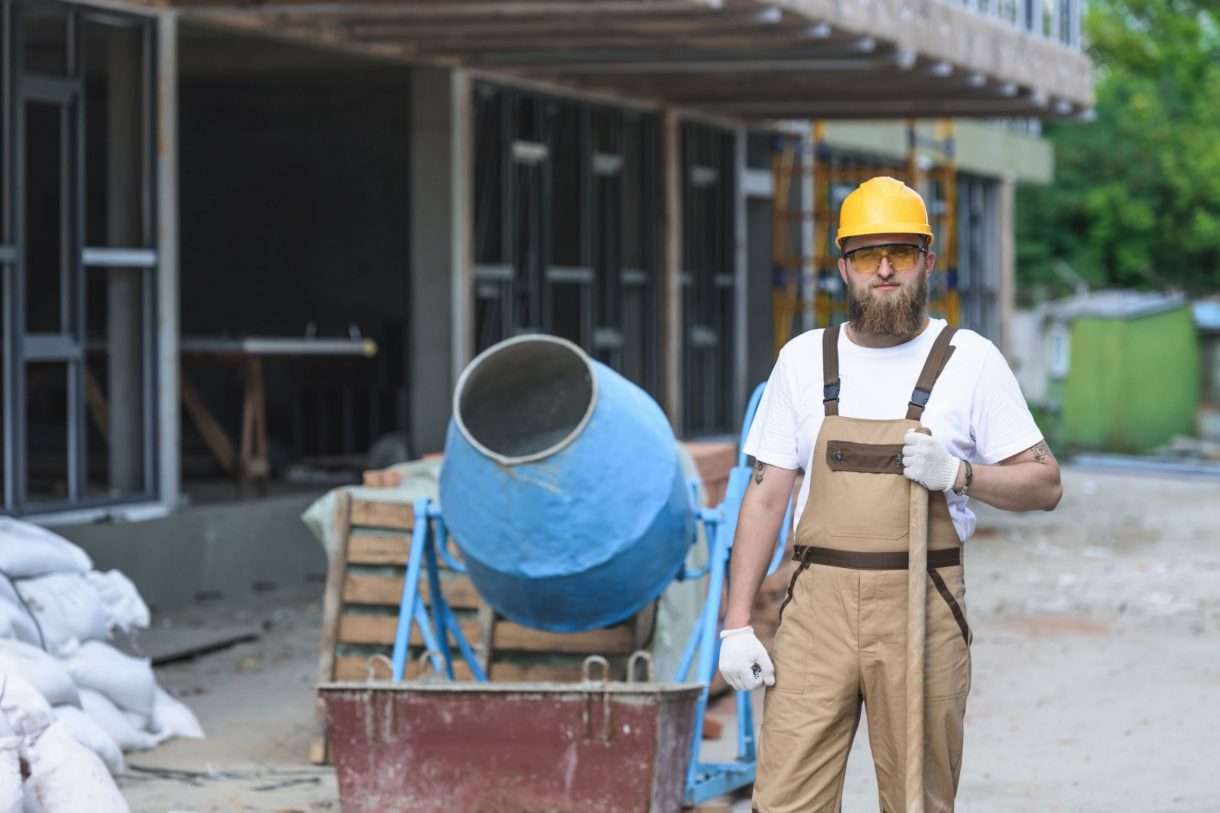What is Concrete Ponding and Why Should You Fix It?
Water ponding on concrete occurs when water puddles on the surface after rainfall or irrigation. This can lead to several problems, including:

Image: housekeepingbay.com
- Deterioration of the concrete: Standing water can seep into the concrete, causing it to freeze and thaw, eventually cracking and crumbling.
- Slippery and unsafe surfaces: Puddles can create a slip-and-fall hazard, especially during the winter.
- Mold and mildew growth: Water ponding provides a breeding ground for mold and mildew, which can damage concrete and cause health issues.
- Reduced property value: Water ponding can detract from the aesthetic appeal of your property.
Identifying the Causes of Water Ponding on Concrete
Before you can fix water ponding, you need to determine its cause. Some common causes include:
- Improper drainage: Clogged or broken drainage systems allow water to pool on the concrete.
- Incorrect slope: Concrete should be sloped away from buildings to allow water to drain. If the slope is too flat, water can pond.
- Settling: Concrete can settle over time, creating low spots where water can pool.
- Surface deficiencies: Cracks, holes, or gaps in the concrete can allow water to seep through and pond on the surface.
- Tree roots: Tree roots can grow under concrete, pushing it up and cracking. This can create areas where water can pond.
Solutions to Fix Water Ponding on Concrete
Once you have identified the cause of the water ponding, you can choose from several solutions to fix it:
- Install or repair drainage systems: Gutters, downspouts, and drains can effectively redirect rainwater away from concrete surfaces. Ensure they are free of debris and in good working condition.
- Re-slope the concrete: If the slope is too flat, consider re-sloping it to allow water to drain. This may involve removing and re-laying the concrete.
- Patch cracks and holes: Use a concrete patching compound to fill in any cracks, holes, or gaps in the concrete. This will prevent water from seeping through and ponding on the surface.
- Remove tree roots: If tree roots are pushing up the concrete, you will need to remove them. This may require hiring a professional arborist or concrete repair contractor.
- Apply a sealer: A concrete sealer can help to waterproof the surface and prevent water from penetrating. Choose a sealant that is specifically designed for exterior concrete surfaces.
Professional Concrete Repair Services
If you are unable to fix the water ponding on concrete yourself, consider hiring a professional concrete repair contractor. They can assess the situation and recommend the most effective solution for your specific needs.
![Curing Of Concrete - Importance & Types [Civil Planets]](https://civilplanets.com/wp-content/uploads/2019/11/Water-Ponding-e1590645105178-244x300.jpg)
Image: civilplanets.com
How To Fix Water Ponding On Concrete
Conclusion
Water ponding on concrete can be a nuisance, but it can also lead to serious problems. By identifying the cause and choosing the right solution, you can fix the problem and protect your concrete from damage. If you need help with the repairs, don’t hesitate to contact a professional concrete repair contractor.